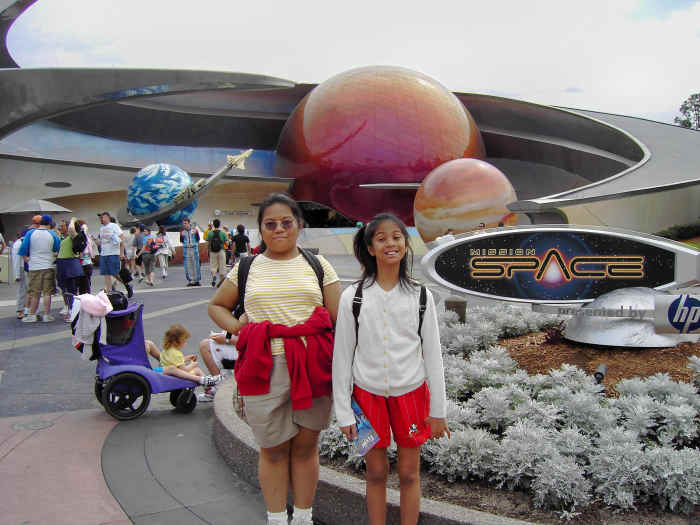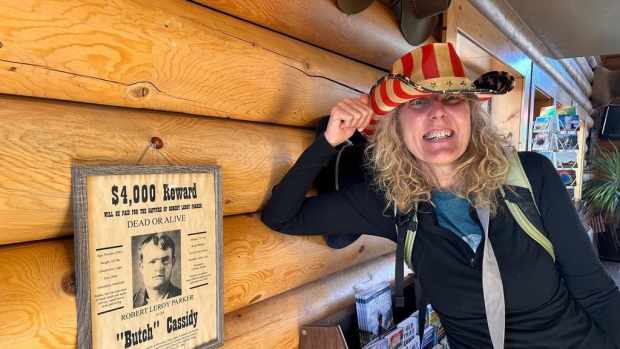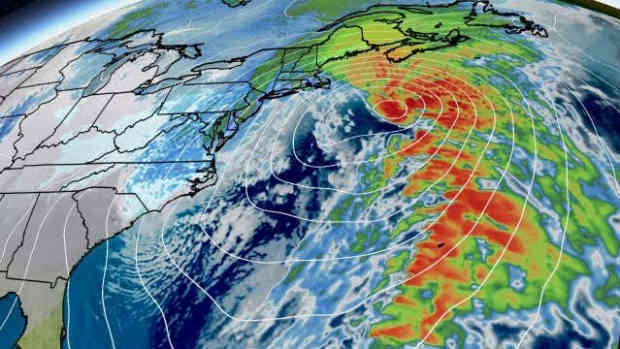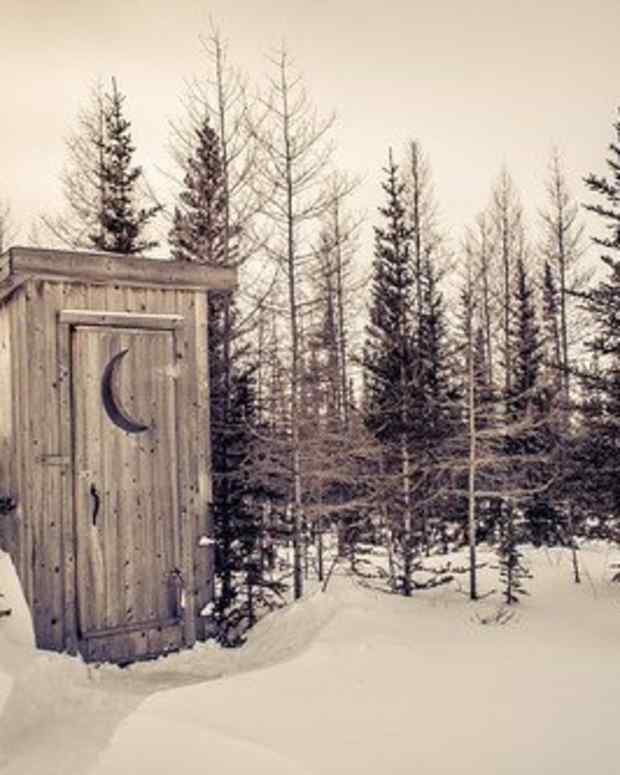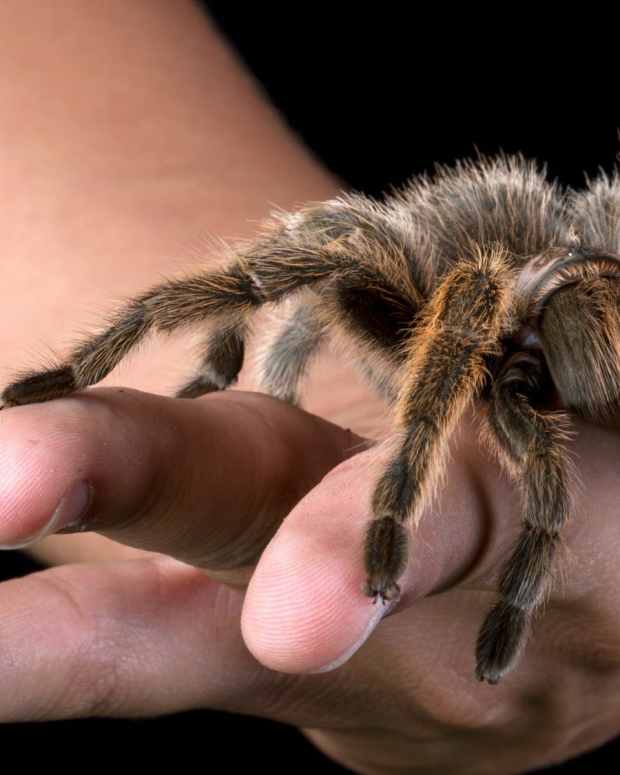In Short and Tall, Amusement Park Height Restrictions are Necessary - Part 1
Why do all amusement parks have height restrictions? Aren't all rides for everybody? Why do even the kid-oriented ones have rides with signs that state that patrons need to be a certain stature to ride?
The obvious reason is safety, and amusement parks (including indoor, theme, and water parks) post such signs that do so for that purpose. But some parents whose kids are eager to ride rides that they aren't aware they have them are oblivious to the cost. (I'm not just talking about the monetary cost; I'm talking about the emotional cost of some of them.)
So how and why does safety play a role in parks' measures to allow people of a certain height to enjoy some of their rides?
Mission: SPACE, Epcot, 2006
You Have to Be at Most This Wide, Too
Some attractions have test seats at the entrances of attractions. They not only have the rider see if it fits securely by height, but also by size. But that's another story.
It's All in the Restraints
The obvious reason why parks put up signs that tell people, particularly children, to grow a few inches or centimeters to be able to ride a certain ride is because restraints have to be secure enough.
Restraints come in a variety of styles and vary by ride. Somewhat, a few rides have seatbelts as restraints. Some others have lap bars and they have to fit securely so that the patron doesn't slide under it.
For lots of other rides, especially the most extreme ones, they have ones that go over the shoulder to keep you put even in multiple inversions. The latter types of restraints usually require the highest possible height restrictions (anywhere from 48-54 inches, depending on intensity) for that reason.
Even rides without restraints, like tandem log flumes, have height restrictions. They are in place to prevent a child falling off at any drop, big or small.
Physics Matters
But restraints aren't the only gist of one of the the most-complained about of ride restrictions. Sometimes physics play a role in the height restriction impositions, particularly in roller coasters.
"To keep those trains from running into one that might be stuck on the next lift, ride designers have installed what's called a "safety brake" in front of each lift," noted Robert Niles, a former Cast Member of the Magic Kingdom at the Walt Disney World Resort and founder of his site, Theme Park Insider.
In other words, a train being stopped by a safety brake at a high speed is a hard stop. It jerks your body if you are riding it. For shorter folks, it can even send them flying, especially, again, if the restraints aren't secure enough.
Ah, the joy of a young child when he's finally tall enough to ride!
Do They Measure Maturity as Well?
Sometimes, maturity can play a factor in parks implementing stature minimums.
"Some height requirements also serve as a proxy for sufficient maturity to not be emotionally overwhelmed by the 'scary' aspects of a ride," Dave Shute, of yourfirstvisit.net, said. He also notes that most 7-year-olds are within a height range that allows them to ride some rides.
When they age to 8 or 9 years old, most of them are willing to take a few risks and are more appreciative of experiences.
The extreme rides are a few multiple times the height of an average kiddie coaster. They have steep drops, inversions, and other elements. Some even have sound and special effects like fire and scary scenery. With almost all of them combined, ride operators usually require riders to be much taller than, say, a kiddie coaster.
Even very few attractions that aren't rides per se can have have those minimums according to stature. Aside from restraint design, they test the limits of the maturity levels of their riders due to the nature of the sound and special effects.
Even the height restrictions mostly refer to the names of the attraction. Ever read the name of it? There are a lot of buzzwords that indicate that it's a thrill ride and you or another member of your party have to be a minimum stature to experience it. They include "coaster," "terror," "plunge," "drop," and "twister," just to name a few.
Harry Potter and the Forbidden Journey, Universal's Islands Of Adventure, 2010
Waterparks Have them Too
Nothing wrecks a day at a waterpark than wanting to go down a water slide only to discover that you're too short for it.
Most attractions at waterparks are water slides, which are like thrill rides with little to no restraints. For some parks, they set height maximums for children's play areas because obviously older riders are both too old and too big for their slides. In most cases, they can enter only with children shorter than the maximums.
On the other hand, rides with height minimums are a measure of how extreme the slides are and the ability for patrons to swim. Even slides that terminate in a runout chute might have the same height requirement as those ending in plunge pools that are, say, 4 feet deep.
The Gulf Scream, Adventure Island, 2011
Restraints are just one reason parks have to post height restrictions on some rides. They also gauge the maturity levels of the riders and relate to the braking mechanisms. In the case of waterparks, they measure riders' abilities to swim and the thrill factor of a slide.
Knowing how thrill rides work in even a few ways can prepare you and your child for a trip that makes or breaks if the latter's stature is concerned.
Outside Revenge of the Mummy, Universal Studios Florida, 2010
Other Resources
- What If They’re Too Short/Young?
Dave Shute's advice applies not only to the 4 parks at the Walt Disney World Resort alone. It can apply to ANY amusement park too! - In Short and Tall, Amusement Park Height Restrictions are Necessary - Part 2
The follow-up Hub on the height restrictions ride operators post! With a little planning and growing up, kids can avoid being bummed not being able to ride a roller coaster because they're too short!

